MEMORANDUM: Virginia and New Jersey Wins Show Democrats Poised for 2018 Victories
Tuesday’s victories for Governors-Elect Ralph Northam and Phil Murphy were a shot in the arm for the Democratic Party – the first major wins of the Trump era.
It’s no coincidence that those victories came in governors’ races. In 2009, Republicans set off a string of electoral victories with gubernatorial wins in New Jersey and Virginia. In 2017, the Democratic comeback began with wins in those same races.
The DGA was proud to invest majorly in the campaigns of Ralph Northam and Phil Murphy to the tune of $7 million in Virginia and $4 million in New Jersey. The DGA was the largest investor in the Virginia governor’s race – and accounted for more than 20% of the overall Democratic spending.
By investing big and early, the DGA was able to help Northam and Murphy build their campaign infrastructures and run an aggressive field operation to get out the vote.
Ralph Northam and Phil Murphy were exceptional candidates who communicated a positive message and connected with the people of Virginia and New Jersey. With more strong candidates, Democrats are poised to expand the map and notch many more wins in 2018.
This week’s sweeping victories can be traced to 3 main factors: Democratic enthusiasm, a divided Republican party, and independents moving towards Democrats.
These same factors, combined with a map that puts Democrats on the offensive, point to major pickup opportunities for Democratic governors in the critical 2018 cycle.
Tuesday’s elections put all Republican gubernatorial candidates on notice: If you have an R next to your name, you are in trouble in 2018.
Democratic Enthusiasm
Democrats saw a massive surge of enthusiasm in the first statewide electoral tests of the Trump era—Democrats showed up to volunteer, and they showed up at the polls.
Virginia Democrats knocked on more than 1 million doors during GOTV, far surpassing the previous record of 630,000. And those efforts drove the largest turnout for a gubernatorial election in Virginia history. Ralph Northam won the most votes in Virginia history and won with the largest margin for a Democrat since 1985.

While Northam did well in many regions, the turnout in traditionally Democratic regions, including college towns and suburbs, set records. Turnout in some Democratic strongholds surged significantly above 2013 marks: a 10 percent increase in Arlington, a 9 percent increase in Alexandria, and a 13 percent increase in Charlottesville.

In short, Democrats came out in record numbers for a gubernatorial year – a strong sign for Democratic turnout in the 2018 midterm.
Divided Republican Party
President Donald Trump became the first president since Richard Nixon in 1973 not to campaign with candidates in Virginia or New Jersey, highlighting the division within the party and its toxic brand in swing states.
Trump’s diehard supporters weren’t sold on Ed Gillespie, telling the media he’s a “wishy-washy” “typical politician.” And Corey Stewart, Gillespie’s primary opponent, said on the eve of the election, “[Gillespie’s] put the president at a distance, and he has offended a lot of the president’s supporters. And it could cost him the election.”
In fact, Gillespie underperformed Trump in 32 counties that Stewart had won in the primary.
The RNC, meanwhile, indicated this summer that it would not back Guadagno in New Jersey because she “hasn’t been loyal to the president.” And Guadagno ended up underperforming Trump in 8 counties while overall turnout fell from previous gubernatorial elections in the most Republican counties in the state.
Republicans in 2018 will be faced with a choice: Become Donald Trump to please the restive base, or try to save face with swing voters. As Ed Gillespie and Kim Guadagno showed, they can’t do both.
Independents Moving Towards Democrats
Both Gillespie and Guadagno ran Trumpish campaigns centered on fear-mongering—this strategy failed.

We see this clearly in internal polling: while Ralph Northam maintained high favorability throughout the campaign, Ed Gillespie’s favorability cratered after launching his fear-mongering MS-13 ads.

Two-thirds of Gillespie’s ads over the course of the campaign were negative, while the vast majority of Northam’s were positive. So, voters still felt very positively about Ralph Northam at the end of the campaign – while Gillespie tanked his own favorability with his over-the-top negativity.
Northam’s positive campaign is one reason that – counter to the prevailing media narrative – voters turned to Northam in the closing weeks. Virginia exit polling showed that of voters who decided their vote in the last week of the campaign, 61% went for Ralph Northam.
Meanwhile, the President himself is also dramatically unpopular and drove independent voters even further towards the Democrats.
This is reflected in the election data as both Murphy and Northam outperformed Clinton in key regions as suburban and exurban areas broke hard for Democrats.


Northam ran up huge victories in swing counties. Gillespie won swing Loudoun County in his 2014 Senate race; in 2017, he lost by 20%. In 2014, Gillespie narrowly lost Prince William County by 3%; in 2017, Gillespie lost it by 23%. And Northam flipped Trump counties in Hampton Roads, winning both Virginia Beach and Chesapeake.
These swing counties swung hard towards the Democrats – an ominous sign for Republicans on the ballot in 2018.
Looking Towards 2018
Next year’s gubernatorial races are incredibly important to the future of the Democratic party—and yesterday’s results were a highly positive indicator.
Exit polling shows Democrats in an even stronger position for future wins than Republicans were following their gubernatorial victories in 2009:

Republicans have to defend 26 gubernatorial seats next year, 13 in states that President Obama won. Tuesday indicated that they will have a hard time in these blue and purple states. The Democratic turnout surge and the cratering of swing voters also signal trouble for Republicans, even in traditionally red states.
With redistricting around the corner in 2021, the 2018 gubernatorial elections will shape the future of the Democratic Party and of the nation. Virginia and New Jersey’s results portend a strong Democratic year to come.

The implications of these elections stretch for generations as we prepare for the next census and round of redistricting. Many states’ governors have veto power in redistricting, so big wins here can secure more fair maps and put more Congressional and state legislature seats in Democratic hands.
The Democratic Governors Association is confident and feeling buoyed by momentum, quality candidates, and grassroots support heading into next year’s races.

